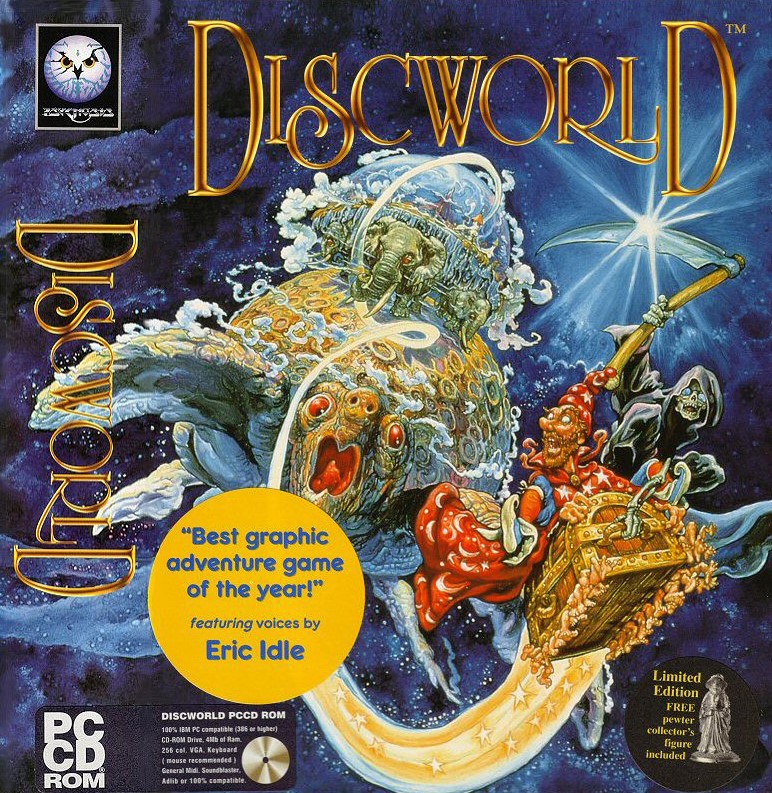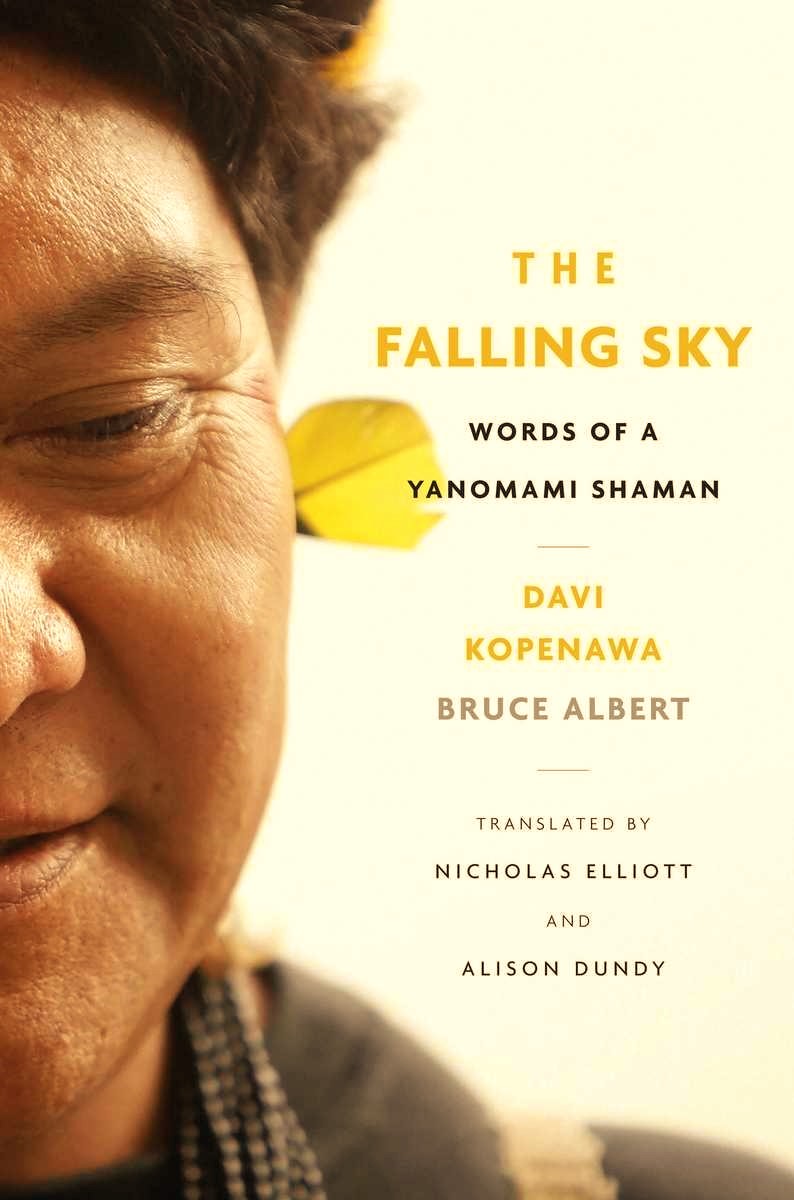I posted this video here even if I have problems with its uncritical use of ideologically charged concepts such as “authenticity” and “artistic freedom” or how it is whining against cancel culture (all this being currently highly contentious and weaponized by conservatives in the US at the moment) at some point in the narration. Plus this supports the old unchanging romantic view of the misunderstood lonely genius and gives (unwittingly) credence to the outcry by billionaire Elon Musk and other proponents of so-called free speech and the rights of the sovereign individual. It also ignores how recently “the US Far Right has effectively occupied established leftist countercultural territories, deploying the tactics of subversive humor and transgression while moving to replace the traditional conservative Right.”, thus stymying the subversive and transgressive edge.
Mainly I have two grudges with such statements for artistic freedom: 1) they ignore the fact that art and especially modern free art in the ‘free world’ was a heavily subsidized cultural product during the Cold War 2) it also ignores the history of art and art criticism debates inside and outside the Soviet Union about modernism and the role of the artist in the new socialist society, as well as the way modernism was, in turn, weaponized in the liberal West against Socialist Realism deemed unoriginal, homogenizing, kitschy and ideologically subservient. 3) how the issue is not primarily ‘cancel culture’, but support for the arts being redirected by something like platform capitalist ethno-politics.
I appreciate all the examples of outsider artists (Darger, Adolf Wölfli or the efforts of Jean Dubuffet and others to highlight works by psychiatric patients) and independent directors, animators and young cinematographers going against all odds, against the aesthetic canon or against financial (sometimes from their former colonial masters) or formal limitations, or trying to not succumb to general precarious and exploitative conditions of cultural workers. At the same time what is completely lacking in this video is a sort of collective understanding of creativity or open culture and how exactly AIs or algos get trained on such bountiful public supplies put out by millions if not billions of us (not just artists) together.
A lot of the avant-garde abstract and intellectually challenging art or deemed non-commercial actually became not less monetized but more so with artworks, especially Western artworks that like coins tended towards greater and greater realms of abstraction. Instead of eschewing or making a virtue out of impoverishment or abstinence maybe there should have been some room for highlighting works that exemplify the economics of the art market in the 20th century .
I understand that such capitalist appropriation cannot be fought outside of the very copyright regime and IP rights it supposedly protects, but it somehow misses the point of such class or collective action lawsuits. Today there is more and more clear that artificial intelligence is grown fat on a privatizing large chunk of the general intellect, and the result is often neither artificial (being trained by human, or on human-derived materials), fair nor intelligent (because without humans supervision it is liable to make gross mistakes and reinforce systemic racism and red-lining). Even the works from the public domain are being used to train AIs.
Such edgelord exclusive focus on the outsider status or on the few that made it into the art canon (including heavies like Van Gogh) risks misunderstanding both old and new currents and ends up junking all the no-name fluctuations, crazy metamorphoses, and fan-economy phenomena. Everyone tends to lump all platforms together (Meta=FB=Tiktok), but since not only users, celebs and fans start to make distinctions and migrate from one to the other – but also geostrategic interests are involved, it is useless to just point at some vague faceless surveillance capitalism. We see this for example on banning Chinese ownership of the Tik Tok in the US and the intense bad press it got lately in correlation with its very success and popularity boost (not to mention other Chinese platforms that are somehow completely ignored by mainstay social platform analysis). How can you avail yourself of old financing structures while at the same time enthusiastically promoting new ones like crowd-funding or bitcoin (let us create monetization schemes based on fans – yeah, but how original is that I ask)?
Sorry for the rant, but this completely avoids the elephant in the room, what is happening with pop culture at this very moment – and how such paean to authenticity basically trash pop culture two times in a row: 1) by denying differences, attractions (even predatorial ones) or characteristics of the existing video platforms 2) by actually homogenizing, ignoring or pasting over and executing the very mechanisms of cultural homogenization it seeks to combat.
Many thx to Felix Petrescu from Makunouchi Bento for sharing this video and oiling my rusty wheels.

















 Discworld is a 1995 point-and-click adventure game developed by Teeny Weeny Games and Perfect 10 Productions for
Discworld is a 1995 point-and-click adventure game developed by Teeny Weeny Games and Perfect 10 Productions for 
























